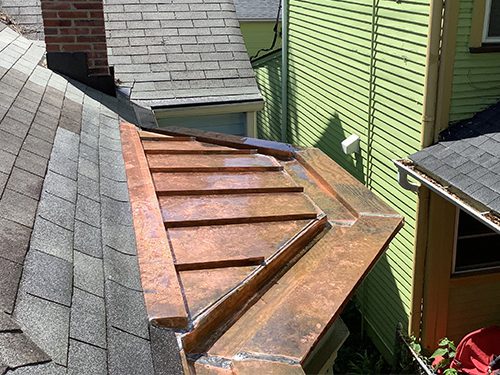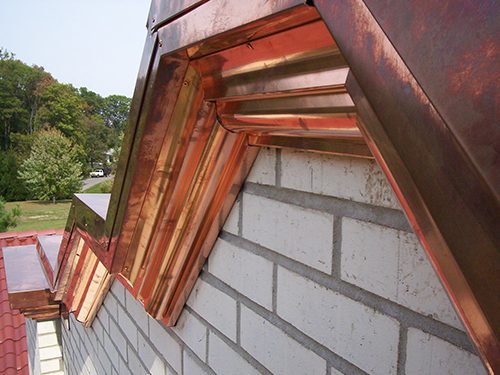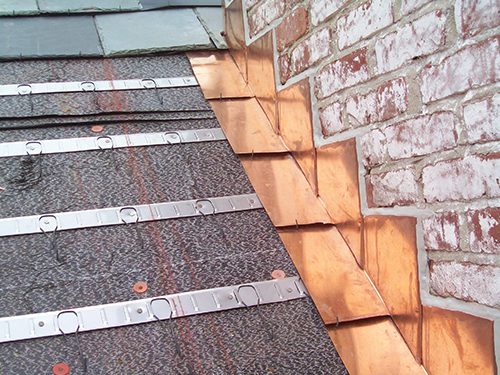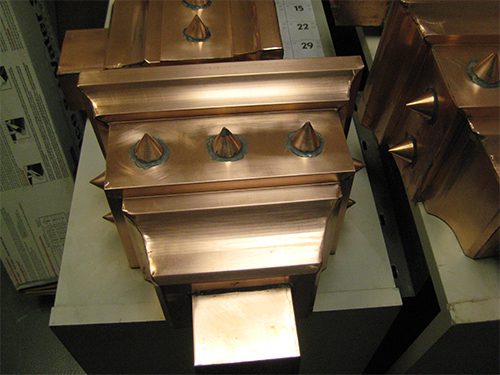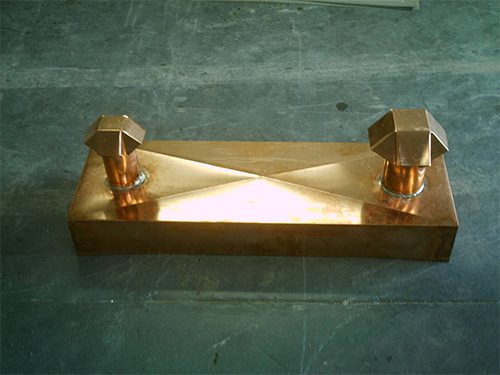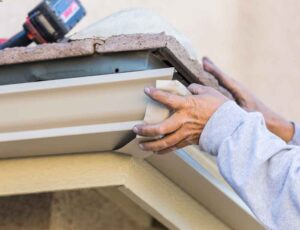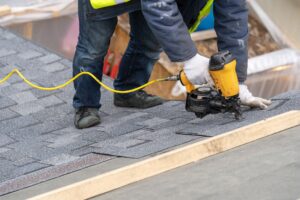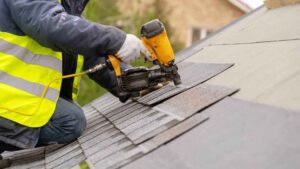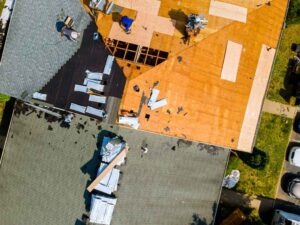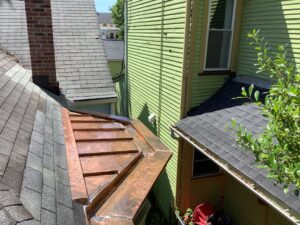
BENEFITS OF COPPER AS A BUILDING MATERIAL
As a building material, copper is has become an architectural favorite, due to its excellent resistance to corrosion and rust. As copper is exposed to the elements, it forms a tough oxide-sulfate patina coating that protects the underlying metal. This patina is the typically greenish color that is commonly associated with copper elements. This corrosion resistance is even more remarkable, when you consider that copper can be used in virtually any climate or part of the world, with similar long-lasting results!
From a roofing perspective, copper is an ideal material as it is extremely durable, lightweight, and has low thermal expansion, meaning that heat and cold do not cause the expansion and contraction that other materials experience. This makes copper ideal for flashings, expansion joints, and other building elements that join together.
Copper is also a superior building material for complimentary roofing components, such as gutters, downspouts, scupper boxes, ridge metal, and other trim parts.
What Does Cornett Roofing Make with Copper?
The experienced craftsmen at Cornett Roofing fabricate many different roofing and building components using copper, which include the following:
- Copper roofing, both flat seam and standing seam
- Gutters, downspouts, scuppers, and collector boxes
- Flashings, chimney caps, and ridge cap trim
- Bay window covers
- Cupolas, spires, and decorative trim
- Custom elements such as weathervanes or fountain liners
